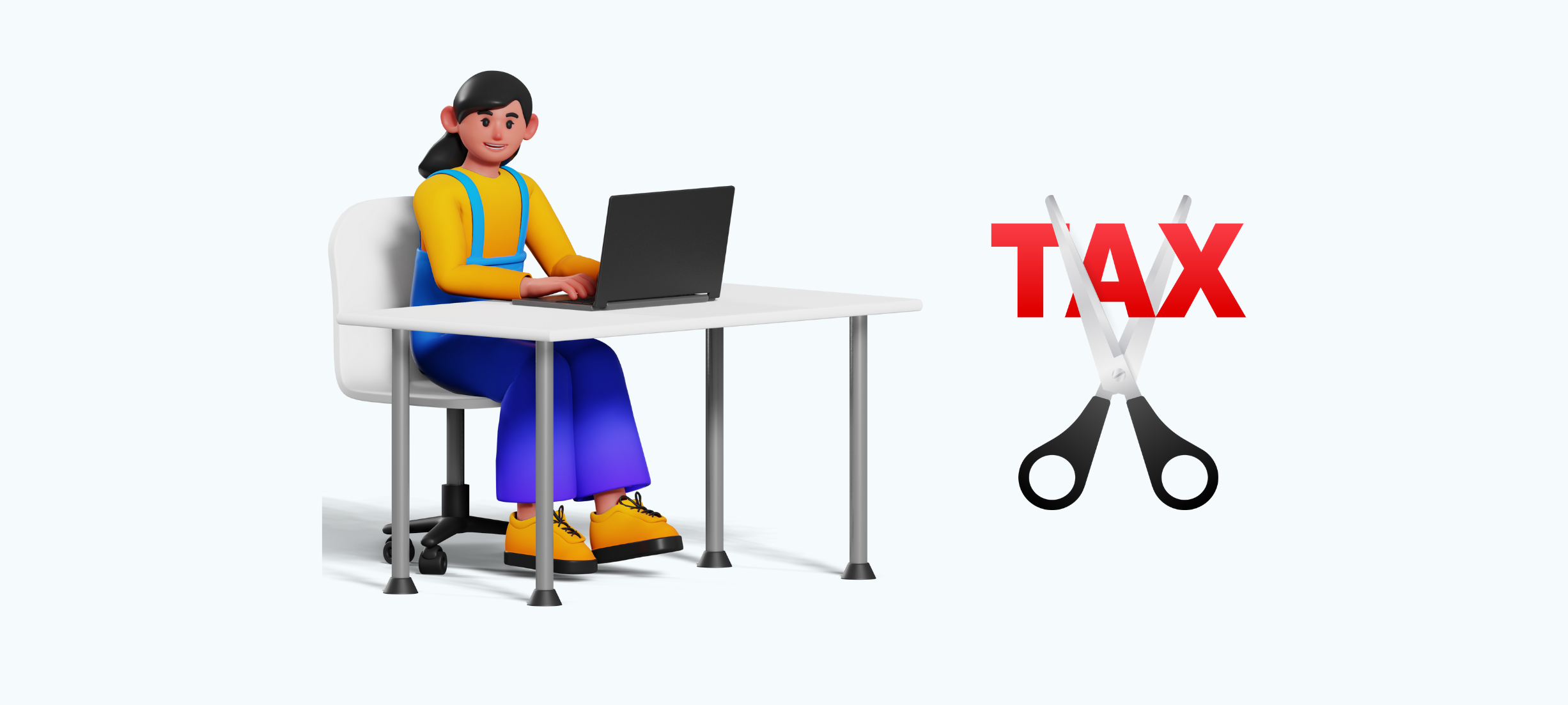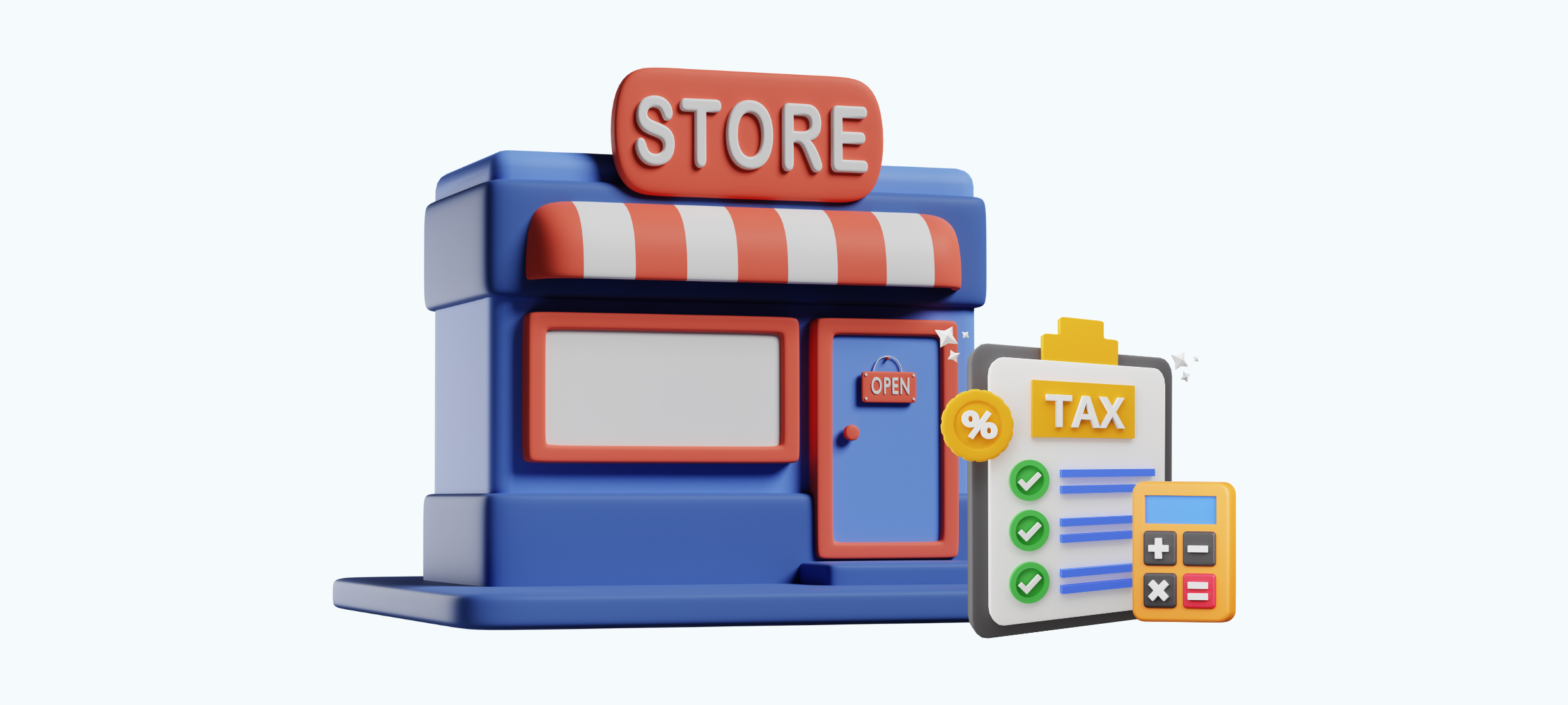
Feeling a bit lost in the tax jungle? Don't panic, especially if you've got Form 8995 staring at you like a mystery code. We're here to help small business owners like you understand this important paper and uncover the QBI deduction. It's like finding treasure hidden in your taxes! Our guide will make it super easy, guiding you through Form 8995 so you can save money on taxes and make the most of your business earnings. Ready to make tax season a breeze? Let's get started!
Form 8995 is like a special tool from the IRS for folks who own businesses that aren't big corporations. If you have a small business like a sole proprietorship, partnership, LLC, or S corporation, this form is for you. It helps you grab something called the QBI deduction, which is a way to save money on your taxes.
Now, here's the backstory: In 2017, there was a tax law change that gave a break to big companies, but the little guys, like sole proprietors and LLCs, didn't get much out of it. So, the QBI deduction came to the rescue to make things fairer.
Imagine you're a sole proprietor, and your business made $150,000 in 2022. With the QBI deduction, you can cut your taxable income by 20%, which means your taxable business income is now $120,000.
But how do you actually get this 20% deduction? That's where Form 8995 steps in.
If you're self-employed or have a small business and use Form 1040 for your taxes, you can claim the QBI deduction. To make it happen, you need to fill out either Form 8995 or the fancier version, Form 8995-A.
Form 8995: Taxpayers typically only need to complete the straightforward one-page document, Form 8995, when claiming the QBI deduction.
Form 8995-A: If you're a higher-income individual, you might need to use Form 8995-A. It's a bit more detailed and has extra sections and schedules. It helps you figure out your deduction in a more complex situation.
Whether you're a small business owner, a self-employed superhero, or navigating small business taxes, Form 8995 is your sidekick. It ensures you maximize your QBI deduction, keeping more money in your pocket come tax time!
Feeling daunted by Form 8995 and the elusive QBI deduction? Fear not intrepid entrepreneur! We're about to embark on a guided tour, unlocking the secrets of this seemingly intimidating document and empowering you to claim your rightful tax savings. So, grab your calculator, buckle up, and get ready to navigate the labyrinthine lines with confidence.
First things first, let's introduce your business crew! On lines 1-4, you'll spotlight your star players: up to five businesses, their names, and their individual qualified business income (QBI) or loss for the year. Think of it as a red-carpet entrance for your financial performers. Then, in line 2, add up the applause (or boos, depending on the loss) from each business - this becomes your total QBI score. Feeling a bit deflated by past losses? Worry not, Line 3 is your redemption arc - carry forward any net business loss from the previous year, ready to be redeemed in future victories. Finally, in line 4, combine the current year's QBI/loss total with the carried-over loss, like combining superpowers for the ultimate entrepreneurial team.
But wait, there's more! Your financial empire extends beyond your core business. Lines 6-10 let you showcase your investments in real estate investment trusts (REITs) and publicly traded partnerships (PTPs). List your current year's income from these passive players, then, like a seasoned investor, add anything carried over from the previous year. Multiply this diversified income by 0.2, and voila! You've unlocked your 20% magic number for these investments.
Remember the income threshold we mentioned? It's like a gatekeeper to your maximum QBI deduction. If your 2022 total taxable business income before the deduction is under $170,050 ($340,100 for joint filers), you unlock the full potential of your 20% deduction. Lines 11-12 are your passport checkpoints. Enter your taxable business income and net capital gains (think of it as subtracting your side hustle earnings) from your Form 1040. Now, the real test: in line 13, subtract your net capital gains from your qualified business income, like separating the wheat from the chaff. Multiply this refined income by 0.2, and boom! You have your 20% potential deduction on line 14. But, remember the gatekeeper? Compare your line 10 and line 14 numbers. Whichever is smaller becomes your true QBI deduction in line 15 - like choosing the best path after reaching a fork in the road.
Life isn't always sunshine and rainbows, and sometimes your business might encounter a rough patch. That's where lines 16-17 come in. If your net qualified business income takes a nosedive and becomes negative, that's known as a qualified business loss. Don't fret! While you can't deduct it immediately, you can carry it forward, like a hidden weapon, to offset future success and claim your due deduction in a profitable year.
This guide has demystified the process, making it easier for entrepreneurs to navigate their way through the complexities of tax season and maximize their benefits.
Discover the convenience of simplifying your accounting and tax preparation with BookkeeperLive. Our comprehensive services are designed to support small businesses every step of the way. Sign up for a free trial today to experience the efficiency and accuracy of our services. Let BookkeeperLive be your trusted partner in ensuring your financial success, allowing you to focus on what you do best – growing your business.
1. Where do I submit Form 8995?
Attach Form 8995 to your Form 1040 individual tax return.
2. Can I claim the QBI deduction if I have multiple businesses?
Yes, calculate your QBI for each business separately and then combine the amounts on Form 8995.
3. What's the difference between Form 8995 and Form 8995-A?
Use the simpler Form 8995 if your taxable income before the deduction is below the threshold. Use Form 8995-A if your income exceeds the threshold or you have income from SSTBs, qualified REIT dividends, or qualified PTP income.
4. Can I carry forward losses to future years?
Yes, if your net qualified business income is negative, you can carry the loss forward to offset income in future tax years.
5. What types of businesses aren't eligible for the QBI deduction?
Specified service trades or businesses (SSTBs) like doctors, lawyers, and accountants, employees receiving wages, C corporations, and income from certain investment activities are not eligible.
6. Who can use Form 8995 to claim the QBI deduction?
You can use Form 8995 if you own a pass-through business (sole proprietorship, partnership, LLC, S corporation) with qualified business income and your taxable income before the deduction is below the threshold ($182,100 for single filers in 2024, $364,200 for joint filers).
BookkeeperLive provides affordable bookkeeping and accounting services tailored to your business goals.





No calls, No meetings, No spam. Get started with a free trial by filling out the form.
*NDA included for your data protection.
Copyright © 2025 BookkeeperLive. All rights reserved. Privacy Policy Terms of Use
Please visit our India site to see services designed for your country
Enter the code, fill out the form, and unlock financial clarity with a free trial.